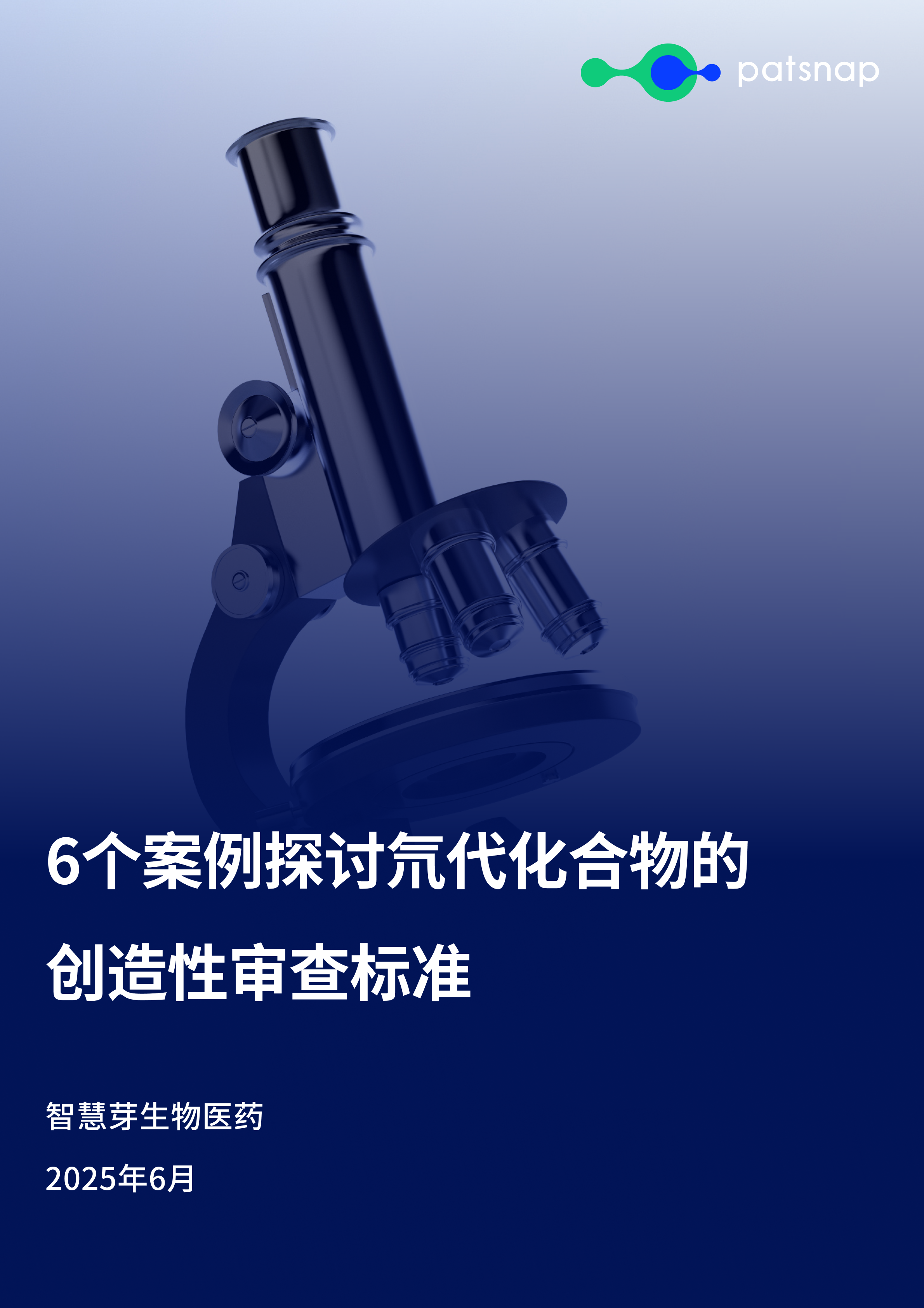预约演示
Better phosphorus use can ensure its stocks last more than 500 years and boost global food production
2024-03-25
More efficient use of phosphorus could see limited stocks of the important fertilizer last more than 500 years and boost global food production to feed growing populations. But these benefits will only happen if countries are less wasteful with how they use phosphorus, a study shows. Around 30-40 per cent of farm soils have over-applications of phosphorus, with European and North American countries over-applying the most.
More efficient use of phosphorus could see limited stocks of the important fertiliser last more than 500 years and boost global food production to feed growing populations.
But these benefits will only happen if countries are less wasteful with how they use phosphorus, a study published today in Nature Food shows.
Around 30-40 per cent of farm soils have over-applications of phosphorus, with European and North American countries over-applying the most.
The global population is due to hit nearly 10 billion by 2050 and it is estimated that to feed this increased population a further 500 million hectares of arable land will be needed -- unless phosphorus can be more efficiently used to boost and maintain crop yields.
Listed as a critical raw material by the European Union, and recently a topic of discussion by the United Nations Environment Assembly, globally 20,500 kilotons of phosphorus are applied to agricultural soils each year as fertiliser.
Concerns have been raised about its limited supply and loss to freshwater where it can degrade water quality. Phosphorus predominantly comes from mining phosphate rock sources, of which there are only a relatively small number of sources located in countries like Morocco and Russia.
Previous estimates of how much phosphorus we have left globally have varied greatly from between 30 to over 300 years. These prior estimates were based on current wasteful practices continuing and contained a lot of uncertainty.
This latest research, looking at global phosphorus use and soil concentrations, by scientists at Lancaster University in the UK as well as AgResearch and Lincoln University in New Zealand, examined concentrations of phosphorus in farm soils across the globe for optimum growth of 28 major food crops from wheat and maize to rice and apples. The research revealed soils that did not contain enough phosphorus, and soils that contain concentrations higher than plants need for optimal growth.
Their findings shed new light on the amounts of phosphorus available in soils and needed as fertilisers and reveal that phosphorus reserves could last for up to 531 years if we use it more efficiently and equitably -- that's 77 years longer than if we stick with current practices.
Professor Phil Haygarth of Lancaster University and co-author of the paper said: "Phosphorus is an essential fertiliser that drives food production on farms around the world. It's the 'energy' of agriculture that drives our food systems, but we need to manage our supplies carefully.
"We need to seek ways to be more efficient and sustainable with its use and our study shows that there's considerable potential to improve the efficiency of how we use phosphorus fertilisers. We show it's possible to optimise global food production without accelerating the depletion of precious and finite global phosphorus fertiliser reserves.
"We are unlikely to run out of phosphorus in the next 500 years, but only if we apply as much as needed to produce optimal crop yields and stop wasteful over-applications."
The research team calculated 10,556 kt of phosphorus is wasted each year through over-application with much of that dominated by wheat and grassland in Europe and maize and rice in Asia.
Professor Richard McDowell of Lincoln University and AgResearch New Zealand and lead author of the study said: "Many farmers over-apply phosphorus to bank it in the soil. However, only a fraction of soil phosphorus can be used by plants. Adjusting applications to sustain the levels that plans need to produce optimal yields negates the need for phosphorus being wasted. If there are excessive levels in soil that plants can't use, phosphorus can potentially be lost to water, which risks causing water quality problems like eutrophication."
But it is not all about reductions. The scientists, using data for farmland globally, also calculated that around the world nearly three quarters of farmed soils are in phosphorus deficit -- with phosphorus deficits being most acute in Asian countries such as India. As a result, the researchers calculate that globally there needs to be an application of almost 57,000 kt of phosphorus to alleviate those soils in deficit to boost crop yields.
They then calculated that 17,500 kt of phosphorus is needed each year to maintain optimum soil phosphorus concentrations. This would result in a global reduction in the demand for phosphorus by around 3,000 kt annually.
Professor McDowell said: "The science is clear, but to use phosphorus efficiently and extend supplies, governments need to collaborate to make policy that promote phosphorus use only where needed. That will involve balancing distributions of phosphorus for optimal crop growth and reducing subsidies that sustain overuse of phosphorus and likely cause water quality problems."
The paper's authors are Professor Richard McDowell and Peter Pletnyakov of Lincoln University and AgResearch, and Professor Phil Haygarth of Lancaster University. Professor McDowell was funded by New Zealand's Our Land and Water National Science Challenge.
更多内容,请访问原始网站
文中所述内容并不反映新药情报库及其所属公司任何意见及观点,如有版权侵扰或错误之处,请及时联系我们,我们会在24小时内配合处理。
适应症
-靶点
-药物
-Eureka LS:
全新生物医药AI Agent 覆盖科研全链路,让突破性发现快人一步
立即开始免费试用!
智慧芽新药情报库是智慧芽专为生命科学人士构建的基于AI的创新药情报平台,助您全方位提升您的研发与决策效率。
立即开始数据试用!
智慧芽新药库数据也通过智慧芽数据服务平台,以API或者数据包形式对外开放,助您更加充分利用智慧芽新药情报信息。





